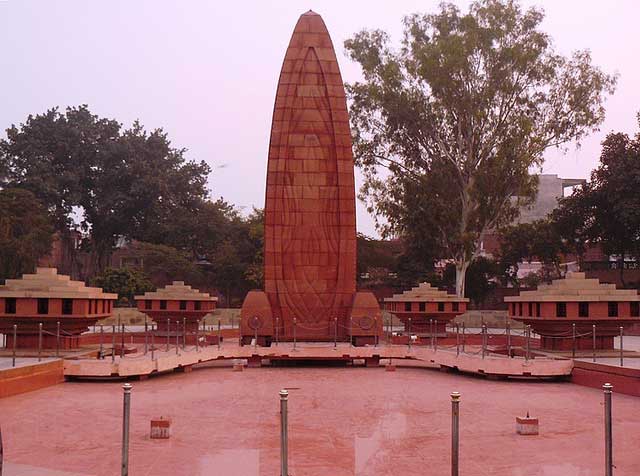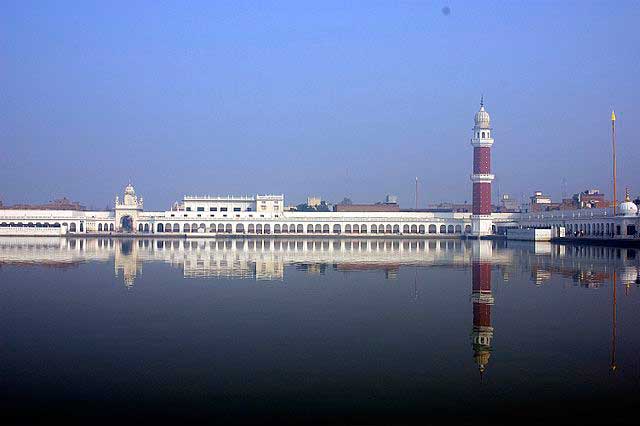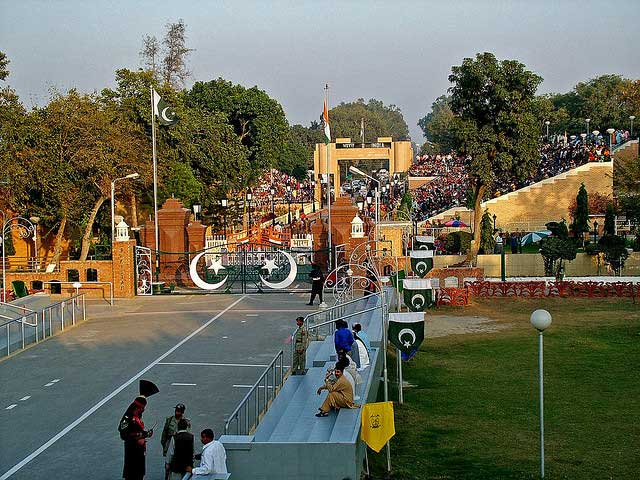One of the largest cities in Punjab, India; Amritsar is the spiritual capital and a major pilgrimage spot for the Sikhs. The city boasts of its various temples and shrines mostly dedicated to the Sikh culture and the main commercial activities found here are tourism, carpets, handloom fabrics and handicrafts. The city is also famous for its amazing Punjabi cuisines. The city was formerly known by the names Ramdaspur and Ambersar before the 4th Guru of Sikh religion, Guru Ram Das renamed the city to ‘Amritsar’. The city is built with a unique architectural style prominent in the 17th and 18th century called ‘Katras’ and is characterized by its narrow streets.
1. Visit Golden Temple
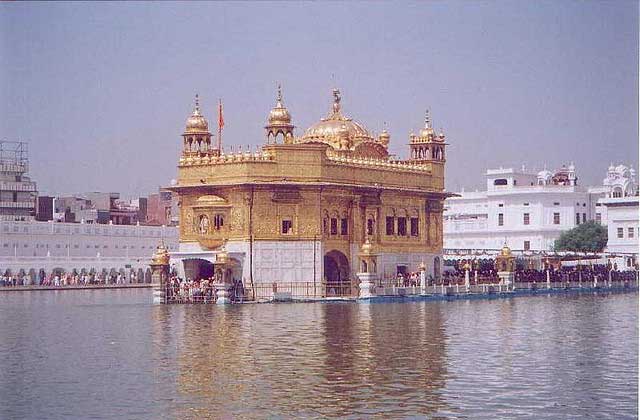
Also known as Harmandir Sahib (Temple of God), the Golden temple is one of the prime tourist attractions in Punjab and the most important pilgrim spot for the Sikh community. The temple is said to be the focal point behind the founding and naming of the city of Amritsar. The 4th Guru of the Sikh community excavated a tank and named it ‘Amritsar’ which literally means the ‘pool of the nectar of immortality’ and built the temple on the pool which we know today as the Golden temple.
2. Visit Jallianwala Bagh
The public garden is located within the temple complex of the Golden temple and covers an area of 6.5 acre. The garden’s significance lies in the Jallianwala bagh memorial located here, which was established in 1951 to commemorate the massacre of the peaceful Sikh celebrators on the occasion of the Punjabi New Year on April 13th, 1919 by the occupying British forces. Sources claim there were around 397 fatalities and about 1100 were wounded, however the true figures were never known and are likely to be way higher than 397.
3. Visit Akal Takht
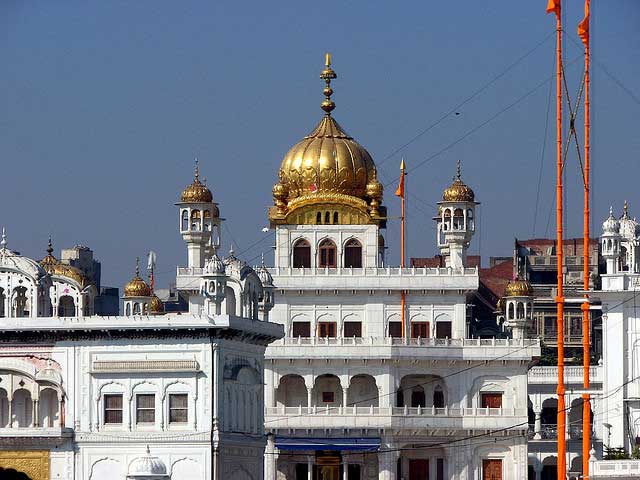
The Akal Takht (the throne of the almighty/timeless one) is one of the 5 Takhts of the Sikh religion, and is located in the Golden temple complex. The Akal Takht symbolizes the dispensing of Justice and temporal activity of the Sikh religion and is the highest seat of the ‘Khalsa’ (a military and civil authority in Sikh culture) division, and was built by the 6th Guru, Guru Hargobind Ji. The place was established as a symbol of opposition to the tyranny of the 17th and 18th century rulers.
4. Visit Harike Wetland and Bird Sanctuary
The wetlands, also called ‘Hari-ke-Pattan’ is the largest wetland in northern India, with the Harike Lake situated in its deeper part and is located in the Tarn Sahib District in Punjab. The wetland was formed in 1953 by constructing head works across the Sutlej River. The wetlands are a cross between a river and a lake thus making it a unique location and ecological niche which spreads into three districts namely, Amritsar, Ferozepur and Kapurthala in Punjab and covers an area of 10131.32 acres.
5. Gurudwara Sri Tarn Taran Sahib
Established by the 6th Sikh Guru, Guru Arjan Dev, the site is distinguished by its having the largest sarovar (pond) among all the Gurudwaras in Punjab and is a major pilgrim spot for the Sikhs. It was founded in the year 1590 marked by the digging of the lake, which became the biggest lake in Punjab at that time. The foundation stone of Darbar Sahib was laid by Dhan Dhan Baba Buddha Ji, a famous Sikh saint (1506–1631).
6. Amritsar Heritage Walk
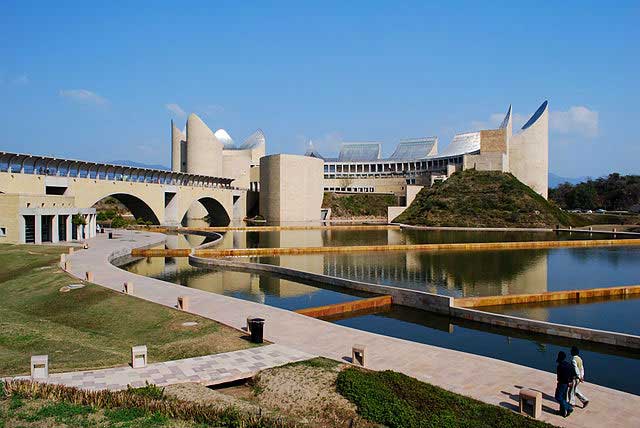
The term refers to a guided tour which covers the town of Amritsar knee deep exploring the majority of parts of the town and a comprehensive look within the city’s 4 century old history. The walk covers a distance of about 3 kilometres; you will get to visit all the Akhara Bungas, Hattis, Havelis and Katras that characterise the majestic town.
7. Witness Wagah Border Ceremony
The name Wagah refers to a village in Pakistan, through which the controversial Radcliff line which discriminates the border of India from Pakistan was drawn during the partition at the time of Indian independence in 1947. The eastern half of the village remains in India while the western half is in Pakistan. The place lies on the Grand Trunk road and was the only link between the two countries before the opening of the Aman Setu in Kashmir in 1999.
8. Visit Hanuman Mandir
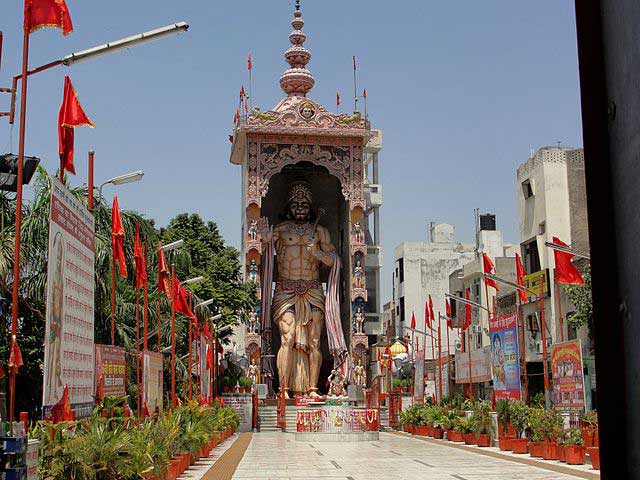
The temple is dedicated to the monkey god Lord Hanuman, which depicts the main deity in a sitting posture. The place has a major significance to the Hindus as according to the mythological texts, this was the exact place where Lord Rama performed his Ashwamedha Ceremony. It is also said that visiting this temple fulfils every wish of the devotees.
9. Visit Hall Bazaar
Image credit – Imran Ahmad, CC BY 2.0
The shopping hub of Amritsar, hall bazaar comprises of numerous streets lined with a row of shops that offer a variety of articles from electronics items, ornaments, best quality books, handicrafts and ready-made garments. The entry to the market is facilitated by the Gandhi gate or Hall Gate. The gate is characterised by a Giant Clock with the caption “Amritsar-Sifti da ghar” and is built in the Mughal style of architecture.
The above mentioned places are just a small part of the vast array of things and sights the magical city of Amritsar has to offer. With its culture centred around the various shrines and the Sikh religion, Amritsar is must visit if you want to truly experience the scintillating flavours of Punjab.
More Tourist Destinations In Punjab:

